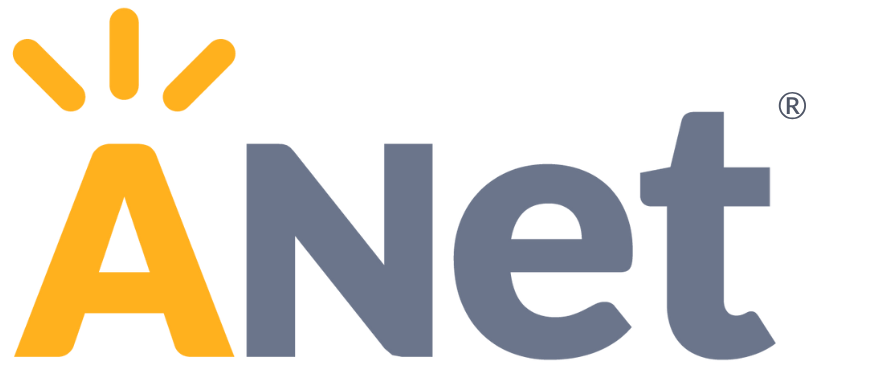After administering an assessment to their class, a teacher sits down with the data. They see percentages, color-coding, and categories like “on track” and “off track.” Still, despite dedicating a whole planning period to reviewing the data reports full of this information, the teacher is left puzzling over a critical question: “What exactly do my students know and what do they need more support with?”
With today’s assessments, teachers are hit with a firehose of information and data about their students' learning. Unfortunately, too often teachers can't use the data to improve student learning because it's too difficult to understand and apply.
Learning components make content standards visible and concrete.
Educators at every level, from the classroom to the district office, need access to good data to help them make better decisions. But this has remained a stubbornly hard problem. (Recently, ANet wrote extensively about this in our latest white paper.) A promising way to increase instructional utility is by creating assessments and data reports that are grounded in learning components. Learning components are observable, assessable parts of content standards and are typically of a grain size smaller than a full content standard. Learning components make content standards visible and concrete for teachers.
Rather than being a distraction from the standards or a replacement for them, learning components enhance them. Consider the following Common Core math content standard:
6.RP.A.3.a: Make tables of equivalent ratios relating quantities with whole-number measurements, find missing values in the tables, and plot the pairs of values on the coordinate plane. Use tables to compare ratios.
There is great value in knowing how students are performing relative to this standard bar. And at the same time, as a teacher, if the data tells you that your students need more support with this standard, you’re left wondering, “But which part?” 6.RP.A.3.a contains several individual, though connected, learning components.
Learning components make data more actionable, driving impact on student learning.
Now, imagine you are a teacher who receives data grounded in the following learning components that are associated with 6.RP.A.3.a:
- Use tables to compare ratios
- Make tables of equivalent ratios relating quantities with whole-number measurements
- Plot pairs of values from ratio tables on the coordinate plane
- Find missing values in ratio tables
Student learning data at this grain size pinpoints for teachers which content students understand and exactly where they need more support. Rather than spending time parsing through which part(s) of 6.RP.A.3.a students need more support with, a teacher can look at a report based on learning components and immediately see, “Oh! My students are demonstrating the ability to plot pairs of values from ratio tables on the coordinate plane, but as a class, they need more support to find missing values in ratio tables.” Information at this level allows teachers not only to be more efficient in analyzing the data but also more targeted in responding to the data.
Learning components are not only beneficial for teachers. This depth of information gives everyone in the district the same information to ground their decisions. The instructional coaches or interventionists at the school can use the same information to support students in learning each component of the standard. Principals can use this to grow their understanding as they serve as the instructional leaders of their schools. A Director of Math can use this information to plan better professional learning or goals to support areas of focus.
Learning components can also be highly actionable. When we say “actionable,” we’re talking about the ability of teachers to do something about what they learn from data. From our research that is discussed in our recent white paper, we know that assessments should and can serve as the link between curriculum and instruction. Learning components are the key to that connection in ANet’s new math assessments, Compass Math.
Learning components support the use of high-quality instructional materials (HQIM).
Think about the high-quality math instructional materials used at your school. They are, rightly, grounded in the math content standards. But when teachers look at standards-based assessment data and connect it to their curriculum, they see that multiple — sometimes many — lessons are focused on a single standard. It can be difficult to identify which of those lessons should be the real focus to impact student learning. When faced with that challenge, many teachers turn away from their curriculum and seek additional materials beyond their HQIM.
Because learning components have a smaller grain size than a full standard, they can be linked to just a couple, often just a single, lesson. Teachers now know exactly where in their curriculum to focus to respond to students’ learning needs. Learning components undergird ANet’s curriculum-compatible assessment system, Compass Math, to ensure that teachers aren’t forced to choose between fidelity of implementation and flexibility — supporting and strengthening HQIM implementation by surfacing data directly tied to what was taught.
Educators Deserve Better Data
The root of learning components stems from the need for more actionable, informative data. Our work on learning components is not only included in our new assessments but also has led to the development of datasets for the Knowledge Graph, which connect curriculum, assessments, and instructional materials, enabling teachers to better support each student’s needs. This helps all edtech developers make instructionally sound products.
We’ve seen that when educators are given clear, actionable data that connects to their curriculum, students thrive. If you’d like to learn more about the impact of instructional utility in assessment data, download our new white paper, “The Missing Link.” To learn more about our new math assessment that includes learning components, visit our Compass Math website or sign up for our math resources email list.
